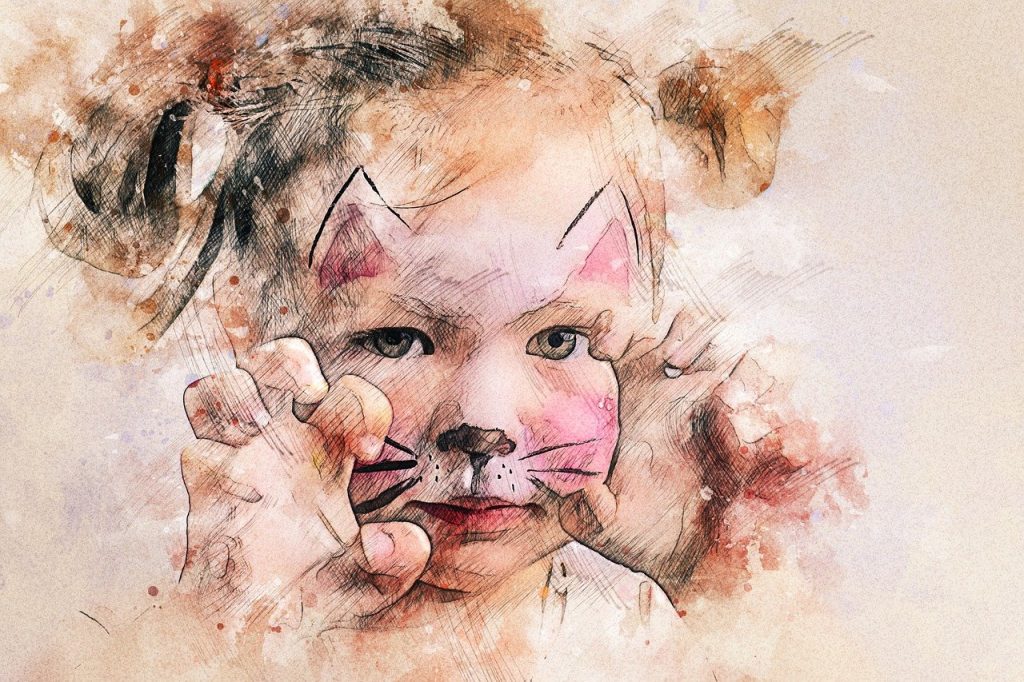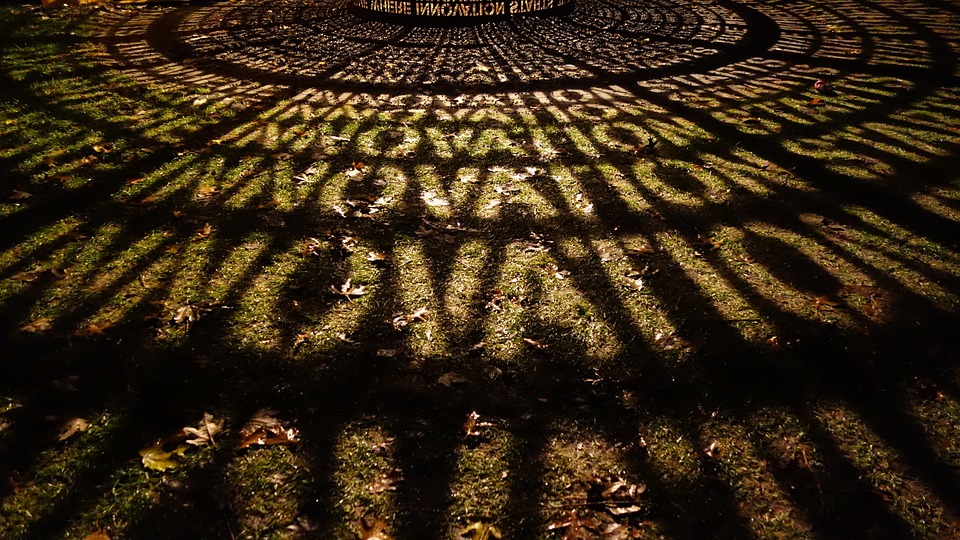Is imagination really more important?

GUEST POST from Janet Sernack
Is imagination really more important than knowledge? How does imagination link to catalyzing collective innovation and unleashing corporate vitality?
When I did my research, I discovered that the answer is actually paradoxical!
Albert Einstein famously said “Imagination is more important than knowledge. For knowledge is limited to all we know and understand, while imagination embraces the entire world, and all there ever will be to know and understand.”
Why is the answer so paradoxical?
According to a well-researched and scientific article “Einstein’s most famous quote is totally misunderstood” in BIGTHINK magazine, the author suggests that he’s really doing is encouraging people to look beyond the current, conservative frontiers of what we know and into the realm of what we’re compelled to explore next.
He describes that imagination, in Einstein’s mind, is shorthand for a thought experiment: to simulate the consequences of a theory in a regime that’s yet to be tested, where the imaginative predictions were all well-quantified far in advance of the observations/experiments.
- Both knowledge and imagination
This means that for your imagination to take you to worthwhile places, you also need a strong foundation of knowledge of the subject to build your theory or idea.
This makes it a “both/and” paradox.
This means that you need both a deep knowledge of the subject or problem and a capacity to create, evolve and exploit mental models of things or situations that are often counterintuitive and counterfactual and don’t yet exist.
Doing this enables you to generate new lines of feeling and thinking, and to connect fields, problems, and ideas that others find unrelated. To ultimately inspire, and result in collective innovation.
How does this relate to innovation?
Most of us are already aware that companies increasingly need to innovate — across strategies, operations, offerings, and business models. Especially when business environments are experiencing a range of global and local crises, accelerating change and ongoing, relentless instability and uncertainty. Where many have become survival focused, and adopt a short-term reactive lens in attempts to restore “normality” and arrest a decline in long-term growth rates and competitiveness.
As well as arrest a serious decline in their corporate vitality. Which is crucial for long-term success, growth, and sustainability. Yet some companies are unaware that imagination is upstream of innovation. Sadly lack the focus towards entering this critical realm and leveraging it to stimulate a capacity for collective innovation which is needed for corporate vitality to thrive.
Corporate vitality enables organizations to thrive
An organizational culture that embraces corporate vitality enables them to thrive, by knowing how to shape visionary strategies in the imagination age that enables it to:
- Rebound and reinvent themselves, under pressure.
- Ignite people’s imagination to co-create ideas.
- Collaborate to accelerate collective innovation.
- Deliver and accelerate growth in a VUCA/BANI.
Yet, according to research by the BCG Hendersen Institute in an article “Competing on Imagination”
“Big businesses often struggle to make use of imagination. They may try to make it a predictable process, and end up with routine and incrementalism. Or they may treat it like a magical power, celebrated in tales of great innovators, in the hope that good ideas will appear as needed. As companies grow, it becomes harder to be imaginative. Larger companies tend to focus on exploiting what they know and what originally gave them scale”.
What else inhibits the development of corporate vitality?
The BCG research also reveals that most companies don’t yet know how to ignite people’s imagination. Which is required to co-create ideas and collaborate.
Often because they usually lack the motivation, rigor, and knowledge required to:
- Clarify, ignite, and activate imagination: what it means and how it works at either an individual or collective level.
Which restricts an ability to develop the capacity required to deviate from the norm and emerge creative insights and breakthroughs, invent, and innovate on a scale.
- Strategically and systematically improve the individual and collective capacity to imagine: which keeps them stuck within their own spheres, and focuses on averages rather than on exceptions.
This also restricts individual and collective investment in creating free time and space for daydreaming, mind wandering, and meandering into the unknown.
- Cultivate individual and collective imaginative capacity through social transmissions: that evoke new questions and provocative ideas.
Which keeps them restricted to the confines of their own, or current mental models, rigid role parameters, and focus on metrics and conventional short-term siloed approaches.
Ultimately inhibiting our capacity to alter our cognitive habits, allowing our minds to make new associations, develop, and experiment with new ideas. That forms the foundations for cultivating a culture that catalyzes collective innovation and unleashes corporate vitality.
Taking a neurological approach
Research presented by Gabriella Rosen Kellerman and Dr Martin Seligman, in their recent book Tomorrow Mind enables us to take a neurological approach towards igniting people’s imagination – to arouse our curiosity and co-create ideas, that result in collective innovation.
- Default Mode Network (DMN)
Stating that when we allow our minds to wander and daydream, our brain doesn’t just “power down.” Instead it “switches to a new mode of thinking, one so vital that it is our default – or the activity our brains jump to in every free moment” which specializes in two processes: imagining and planning.
This is known as our Default Mode Network (DMN). Which activates when we let our minds wander or drift into a daydream, to create spontaneous oscillations that allow us to observe novel thought streams and extract new patterns, generalizations, interpretations, and insights.
It is the place our best ideas come from.
- Discovering what does not yet exist
In this realm, our minds break the bonds of space and time, blending memory and fantasy, creating an eternal cycle that dances between exploitation and exploration.
Allowing us to exploit our “knowns” and explore new possibilities by imagining scenes that differ radically from the actual past and the actual present, allowing us to discover and learn deeply about what does not yet exist.
What does this mean to organizations, leaders, and coaches?
ImagineNation™ has pioneered innovation coaching by presenting The Coach for Innovators, Leaders, and Teams Certified Program, globally online for more than 10 years. To teach the traits, mindsets, behaviors, and skills to ignite people’s imagination, based on our experience that consciousness, imagination, and curiosity are the precursors to both creativity and innovation.
Where consciousness contains the states and qualities of the mind, which is where our imagination is located, creativity is the process of bringing something new to the mind, and innovation is bringing the new to the world.
- Being a disruptive provocateur
We teach participants to become “disruptive provocateurs” who know how to compassionately, creatively, and courageously create collective holding spaces.
That creates the permission, safe space, and trust for developing generative thinking processes that enable peoples to see and solve challenging problems that evoke and emerge new discoveries, and creative ideas and generate learning by:
- Disrupting peoples’ habitual feelings and thought processes and comfort zones,
- Co-creating the permission, safety, and trust to deviate and differ,
- Space and time for elasticizing and stretching habitual thought processes.
Imagination can be provocative because it arouses scenes that differ radically from the actual past and the actual present. This allows us to discover and learn deeply about what does not yet exist. It enables us to focus on being intentional, in taking intelligent and right actions to solve the problem differently and develop corporate vitality.
Developing the co-creative frequencies requires us to alter our cognitive habits, allowing our minds to make new associations, develop, and experiment with new ideas, and cultivate a culture that embraces corporate vitality. This involves the capacity to imagine alternate futures, and developing prospection skills – “the ability within each of us to think about the future and envision what’s possible.”
According to USA-based leading global coaching platform BetterUps’ Report on the Future Minded Leader:
“Imagining ourselves into alternate futures and evaluating them as a way to make decisions and guide present action is unique”.
These occupy at least one-quarter of our waking thoughts, and when it comes to imagining the future, we are at once both our most optimistic and pessimistic selves, which is, in essence, also contradictory. Because we can both project optimism about what is to come and make risk-averse decisions to build the foundations for envisioning a range of desirable and alternate futures.
- Sparking corporate vitality
Building an “imagination machine” – an organization where the imagination of individuals work together is fully supported intentionally and by design involves creating space for our Default Mode Networks (DMN) to activate and lay the foundations for collective innovation by:
- Creating space and time for reflection enables people to regain control of their attention and minds, and to allow spontaneous, generative mind wandering – by engaging in simple activities like walking, reading, bathing, exercising, and free writing.
- Making it safe and permissible to regularly expose people to the unfamiliar and the unknown – by building their discomfort resilience, provoking and elasticizing their core and habitual thinking processes.
- Coaching, teaching, and training people to view their worlds systemically, to wander and daydream at the edges of the social fields – to sense, perceive and emerge anomalies, and counterintuitive and counterfactual patterns and trends.
- Coaching, teaching, and training people to safely disrupt and challenge their habitual mental models – by creating mindset flips and paradigm shifts, developing their curiosity, and enhancing their cognitive diversity and agility.
- Introducing more playfulness into the working environment – by improvising, exploring, introducing business simulations, and learning events, as well as gamification, to generate insights, that saturate us with ideas that we can then incubate.
Imagination, collective innovation, and corporate vitality
When we combine a rigorous approach to expanding and applying both our knowledge and our imagination, we can co-create ideas, and innovate in ways that illuminate people’s hearts and minds.
By altering and elasticizing our cognitive habits, allowing our minds to make new associations and unlikely connections, we can develop, and experiment with new ideas, and cultivate a culture that leverages and scales collective innovation that unleashes real corporate vitality.
Image Credit: Pixabay
 Sign up here to join 17,000+ leaders getting Human-Centered Change & Innovation Weekly delivered to their inbox every week.
Sign up here to join 17,000+ leaders getting Human-Centered Change & Innovation Weekly delivered to their inbox every week.

![]() Sign up here to get Human-Centered Change & Innovation Weekly delivered to your inbox every week.
Sign up here to get Human-Centered Change & Innovation Weekly delivered to your inbox every week.







